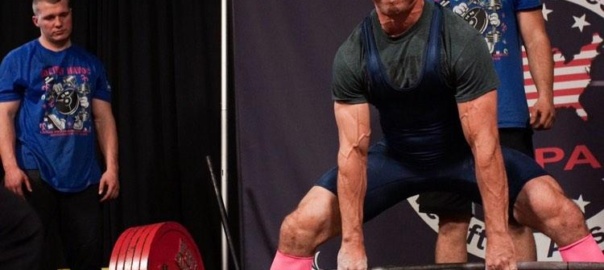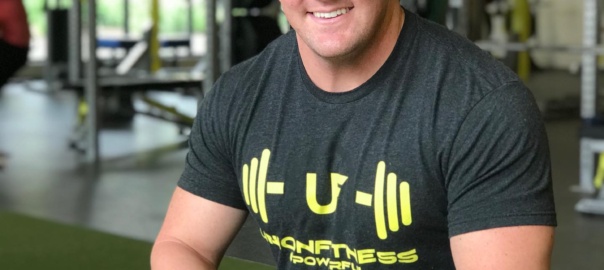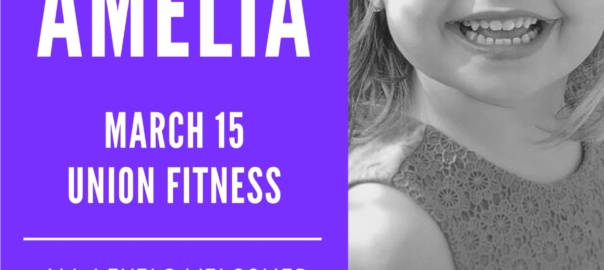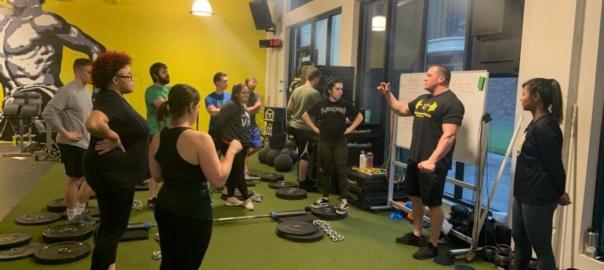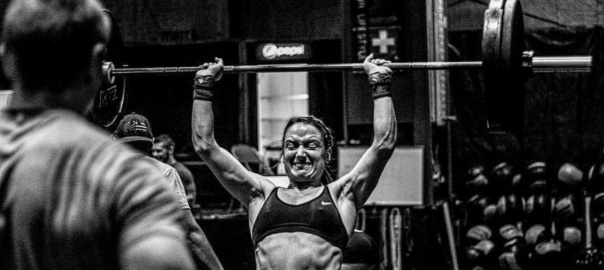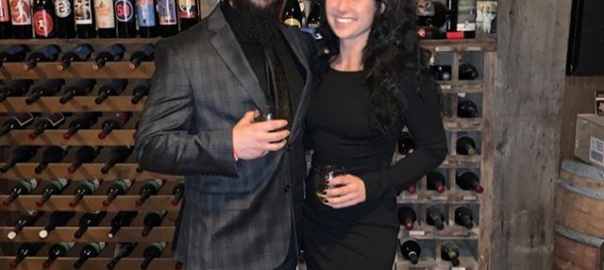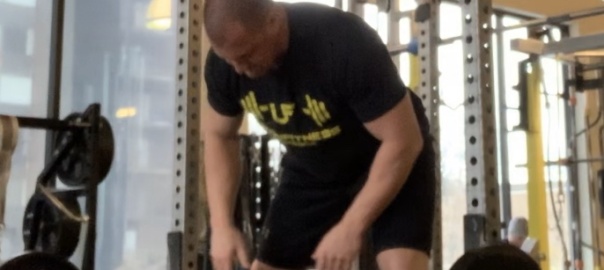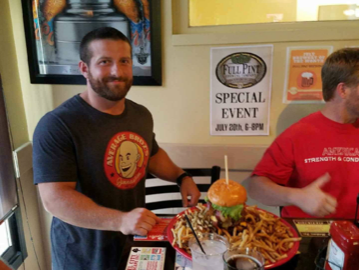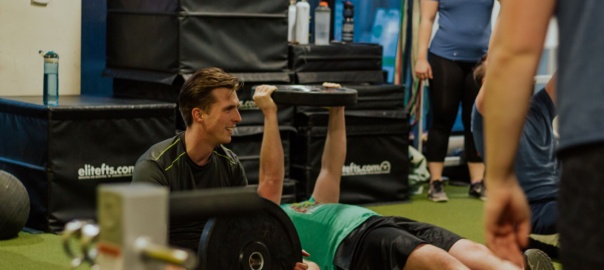Hey everyone, my name is Jared. You can usually find me opening the gym in the morning or pretending I can lift heavy weights in the Strength Lab. I am a physical therapist and a huge advocate for strength training. With strength training though, we usually find ourselves having some aches and pains that seem to limit our ability to go about our work week, do our normal activities around the home, or perform well in the gym or even a competition.
In strength training, often the small things are neglected. For example, how many of you actually focus on mobility and stability through your ankles, knees, hips and trunk as a part of your training for squats? How many of you focus on thoracic spine mobility, rotator cuff strength and stability, or hip strength and mobility as a part of your bench press auxiliary work? And don’t even get me started on the deadlift. In no way should you walk away with legitimate low back pain every time you deadlift. Having pain with training is a part of the process. For everyone. That is okay, it isn’t the end of the world, I promise. But your body is telling you that you have pain for a reason. Generally, when we experience pain it is because a part of the body is experiencing forces or damage that it isn’t used to or should not be experiencing.
Now the questions everyone seems to ask themselves or their training partners are:
“Why does my (insert body part here) hurt like hell?”
“How do I get it to stop hurting?”
“What can I do to prevent this in the future?”
What I will ask you in return are:
“Have you taken steps to address your mobility or stability issues?”
“What have you done to change your lifestyle to help your pain?”
“Have you changed the way you train to take care of your pain? Or are you just trying to manage it with Ibuprofen and grit?”
You absolutely need to figure out a way to care for yourself. I never recommend to people that they stop training. I never recommend that they have to stop moving or start taking a bunch of drugs to take care of their pain. You need to adjust your training to work through pain free movements or movements that only cause minimal pain while still working toward your goals. While doing that you need to figure out the mobility, stability or strength issue that caused your pain and address it. More importantly, you need to make sure that you are getting enough GOOD sleep, staying hydrated, and that your nutrition is on point. Just fixing these things alone can significantly help your problem. There is a ton of research supporting the benefits of sleep, hydration and nutrition in decreasing pain and helping the body heal.
If you are able to care for yourself and take the time to do so it will save you time and money. Time you can put toward other things such as your family, your dog, your collection of succulents, etc… As well as more time in the future you can dedicate toward your training and your goals! That being said… If you are having difficulty figuring out the issue, or you are not having success addressing it yourself, seek professional help. Ask your physician, physical therapist, chiropractor, etc. to help you with the issue and get it addressed by someone who knows what’s going on. They can point you in the right direction to help you address the issue on your own.
If you have any questions or need some assistance, let me know! Hit me up via email (jaredcaroff@gmail.com) or find me in the gym and I can do a quick movement screen on you and see if it’s something that needs addressed further or something you can easily manage on your own independently!
Happy lifting everyone! And remember, don’t let pain be your enemy, but use it to make yourself stronger and more resilient! Get your sleep, hydration and nutrition on point. Continue training through ways that don’t increase your pain but still address your goals… and find a way to address the issue at hand!
